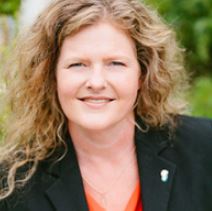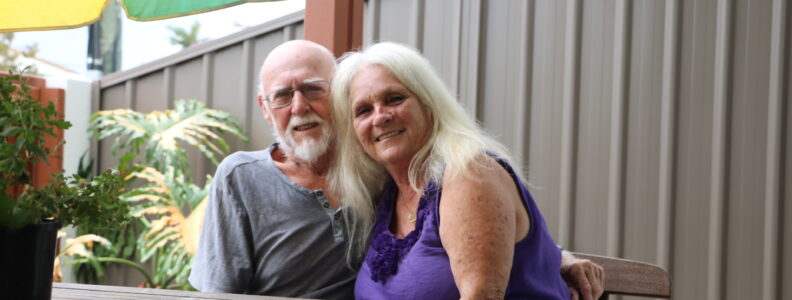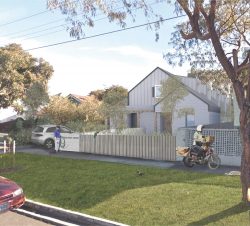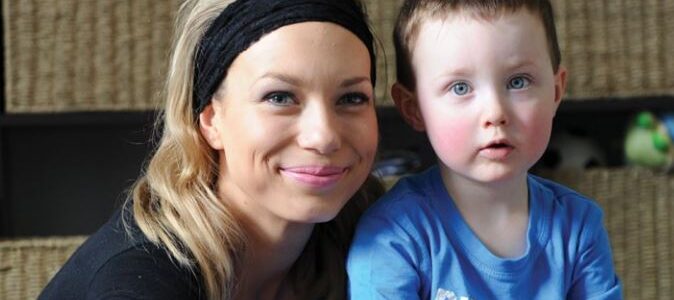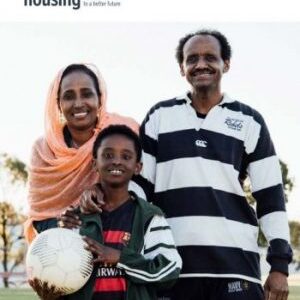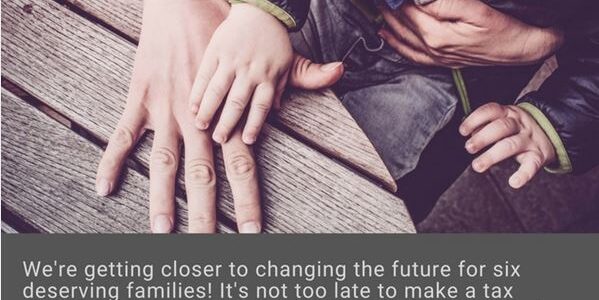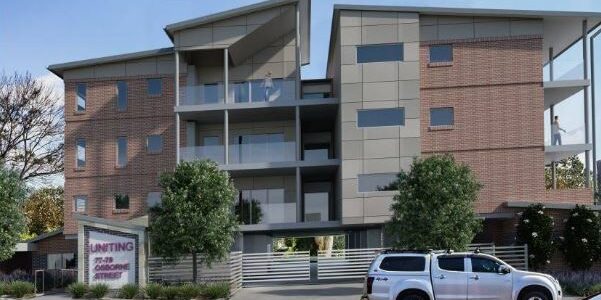CHIA QLD member Common Ground’s CEO Sonya Keep is one of nine housing experts appointed to the Queensland Government’s panel for a two-year period to provide independent advice on how to measure, report on and address land supply, development and housing affordability issues in south east Queensland.
CHIA Executive Director Peta Winzar says the appointment of a highly-experienced community housing expert to the panel boded well for the industry.
‘It’s fantastic that the key role community housing can play in tackling housing affordability issues has been recognised by Sonya’s appointment,’ Ms Winzar says. ‘The Queensland Government is to be commended in taking this proactive approach to the housing supply issue.’
It is anticipated South East Queensland will house an additional two million people by 2041, and State Development, Manufacturing, Infrastructure and Planning Minister Cameron Dick has been quoted as saying about 794,000 new dwellings will need to be delivered over that time.
‘It’s important that we manage growth efficiently, while keeping a close eye on housing affordability,’ Mr Dick says.
‘The panel will provide independent advice to the government on how to manage housing supply and affordability issues in South East Queensland.’
Mr Dick said the panel consists of high calibre professionals from across the property, planning, economics and demography disciplines.
‘The nine panel members were chosen from a range of fields related to various aspects of housing supply,’ he says.
‘Each member brings a different set of skills and expertise which will ensure the best possible advice is provided to the Queensland Government on land supply and development matters.
‘The panel will also provide expert oversight to the Department of State Development, Manufacturing, Infrastructure and Planning’s annual land supply and development monitoring reports, the first of which is expected to be released at the end of 2018.’
Sonya has more than 18 years’ experience in community housing and social planning and is dedicated to seeing an increase in the supply of affordable and supportive housing for those who are vulnerable or at risk of experiencing homelessness.
Other panel members include the Australian Housing and Urban Research Institute’s Executive Director Dr Michael Fotheringham, and SGS Economics and Planning’s Dr Marcus Spiller, along with other experts from planning, property development and demographic forecasting.

